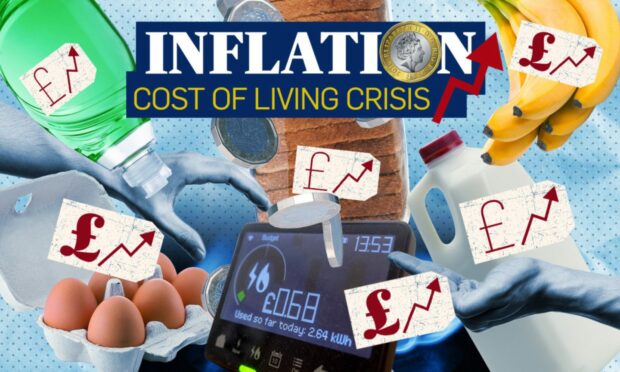Three quarters of UK households will see the cost of living outstrip their incomes by the autumn budget, a think-tank’s new study shows.
This equates to about 21 million households, with the poorest 25% seeing their living costs grow at nearly double the pace of their incomes.
The New Economics Foundation (NEF), which carried out the research, is calling on the chancellor and secretary of state for work and pensions to implement long-term reform to ensure Britians’ social security system provides a Living Income.
For months families have been consumed by anxiety, watching bills go up and worrying how they will get through the winter ahead. It doesn’t have to be like this.”
Sam Tims, economist.
NEF says reform should include:
- Going beyond increasing benefits by inflation in April 2023, instead aligning rates with the cost of living and creating a social security system that is “more responsive to changing bills and ensures people do not live in poverty”.
- Removing the two-child limit from universal credit and tax credits, so that larger families can afford the cost of living.
- Scrapping the benefit cap.
NEF economist Sam Tims said: “The chancellor finally pulled his head out of the sand and listened to calls demanding the government support households struggling with the cost of living.
“But these policies still leave three quarters of households out in the cold and will only last until next year, when inflation and energy bills will still be sky-high.
“For months families have been consumed by anxiety, watching bills go up and worrying how they will get through the winter ahead. It doesn’t have to be like this.
“Making permanent changes to our social security system, and a mass programme of home insulation would stop families having to make impossible decisions.”
To measure the cost of living the research used the Minimum Income Standard (MIS), which is used to calculate the “real” Living Wage paid by a growing number of firms.
In April 2021, 8.9 million households were living below the MIS and NEF estimates that even with the one-off government support this year, a million extra households (2.9 million more people) will be unable to afford the cost of living by October 2022.
Bigger crisis in 2023
The research also shows that when one-off support runs out next April, 1.6 million more households (4.3 million people) will be struggling compared to last year, taking the total to 10.5 million households. The average household with income below the cost of living will miss the threshold by £7,300 per year.
Incomes of the bottom quarter of households will be £770 per month below the cost of living, according to NEF. This shortfall is 40% higher than that in April 2021 (£550 per month). Across all households under the MIS, the average shortfall between income and the MIS will have increased by £130 a month from £480 to £610.


Conversation